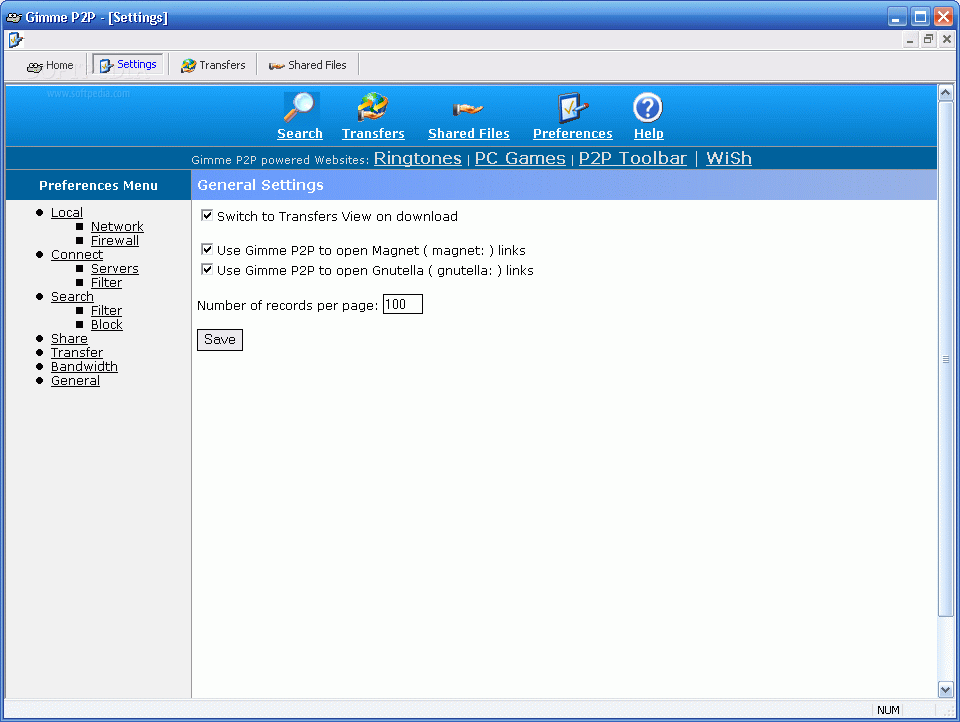

If the TCP connection is accepted and confirmed (it's a three-part process) (don't ask), it is no longer “half open”, as it becomes a completed TCP connection. The Pedantic Part: A connection attempt (half-open connection) is an attempt to connect to another computer. Altering this setting should only be done by expert computer users, who have a specific reason for making this change. Connection attempts from you will open at a steady rate of about 10 per second, until your target of successful connections is reached (which, in almost all cases, will be less than one minute). This half-open limit won't affect the speed of your torrents. This usually happens when you've been zombied and taken over by malware, because you were careless about your firewall. No legitimate software application should ever behave this way for any reason, or need to start so many connections unless it's attacking another computer. Other computers will have a chance to find an open slot and connect. The result is that nobody else can find an open slot to connect to on that computer.īy limiting the rate of half-open connections your computer can have pending (the number per second of SYN requests you can have that haven't been converted to fully-open), you give the attacked computer time to clear its slots before you can re-attack them. The attacked computer gradually times-out uncompleted requests and reopens its slots, but your computer just fills up those cleared slots with more SYNs. Your computer never follows up on any of these requests, it just keeps sending more SYNs. (A SYN that has not yet been followed up on is a half-open connection.) This barrage of SYNs fills up all of that computer's “slots” for incoming connections, so it cannot respond to anyone else until those slots are cleared. The limit was added to prevent computers from unknowingly being used in a type of Denial-of-Service attack known as a “Syn Flood”, in which your computer sends an endless stream of connection requests (SYN's) to another computer. Windows versions prior to Windows XP SP2, did not have this limit. Additional connections are placed in a queue, and will be opened no more than 10 at a time, until the target number of successful connections is reached. In Windows versions beginning with XP SP2, there are 10 concurrent TCP connection attempts allowed simultaneously. The detailed description can be found in Microsoft documentation:Įvent 4226, EVENT_TCPIP_TCP_CONNECT_LIMIT_REACHED You can go to XP's Admin tool, Event Viewer, look in the System tab and notice tcpip entry (appears beside a yellow warning sign). If there are more concurrent TCP connection attempts, Windows generates a warning: “EventID 4226: TCP/IP has reached the security limit imposed on the number of concurrent TCP connect attempts”.

Windows XP SP2 limits the number of simultaneous TCP connection attempts to 10, at any given moment.


 0 kommentar(er)
0 kommentar(er)
